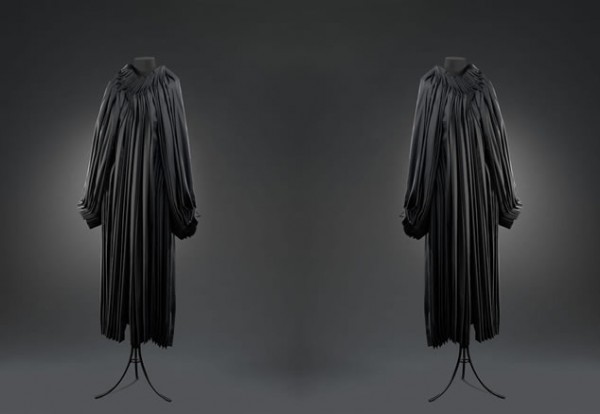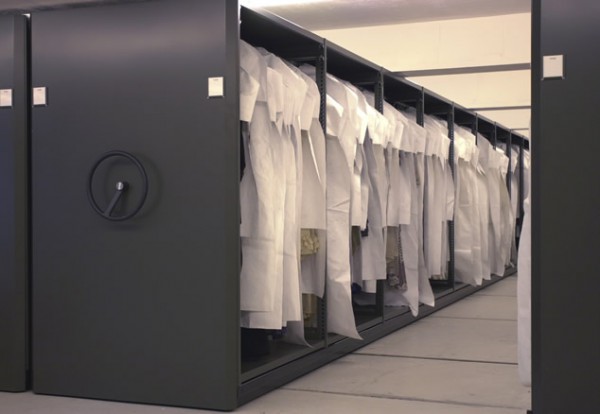 “A museum of fashion is more than a clothes-bag.†The author Valerie Steele concisely reinforces the argument that dress and fashion collections owned by museums are indeed culturally significant. For instance, when MoMu acquires a collection from a contemporary designer, either through purchases or donation, the pieces no longer fulfil commercial purposes, displayed strategically as they would be within a boutique interior. During the deal between the donator or seller and the museum, curators have to agree on whether a designer collection would have cultural importance to the institution and relevance in the fashion history context.
“A museum of fashion is more than a clothes-bag.†The author Valerie Steele concisely reinforces the argument that dress and fashion collections owned by museums are indeed culturally significant. For instance, when MoMu acquires a collection from a contemporary designer, either through purchases or donation, the pieces no longer fulfil commercial purposes, displayed strategically as they would be within a boutique interior. During the deal between the donator or seller and the museum, curators have to agree on whether a designer collection would have cultural importance to the institution and relevance in the fashion history context.
 Once this collection is introduced to the museum premises, curators, conservators and restorers from MoMu Collection Department would assure that the pieces acquired would follow a number of conservation procedures therefore becoming museum objects. These objects have to be properly registered on the museum system; conserved in storage rooms containing the adequate temperature, humidity levels, lighting and high standards of storage. When necessary, some of these objects may be restored by qualified professionals from the Collection Department.
Once this collection is introduced to the museum premises, curators, conservators and restorers from MoMu Collection Department would assure that the pieces acquired would follow a number of conservation procedures therefore becoming museum objects. These objects have to be properly registered on the museum system; conserved in storage rooms containing the adequate temperature, humidity levels, lighting and high standards of storage. When necessary, some of these objects may be restored by qualified professionals from the Collection Department.
 The conservation and restoration procedures are an on going practice that aims to preserve MoMu’s contemporary fashion collection, for researchers from the institution and outside. By appointments, researchers and students may have a brief access to the storage rooms, supervised by MoMu curators, creating a connection with educational institutions in the field. The objective of the Collection Department is not only to preserve objects, but also to enhance a contemporary fashion collection as part of our cultural heritage.
The conservation and restoration procedures are an on going practice that aims to preserve MoMu’s contemporary fashion collection, for researchers from the institution and outside. By appointments, researchers and students may have a brief access to the storage rooms, supervised by MoMu curators, creating a connection with educational institutions in the field. The objective of the Collection Department is not only to preserve objects, but also to enhance a contemporary fashion collection as part of our cultural heritage.
MoMu visitors, when confronted with fashion objects within an exhibition gallery, may not be entirely aware of the intricate process that an object would have gone through in the Collection Department. These fashion objects represent part of our history, culture, way of life and heritage. Curators aim to tell us a different story about a collection, when displayed within an exhibition space, as opposed to a commercial fashion collection.





















